|
A familiar name caught my eye a few weeks as I was planting veteran flags on the cemetery’s Area Q. As a matter of fact, I can say it's not only a familiar name, but almost familial. The moniker is not that of a veteran, or a known relative, but I can attest that it is carved upon the face of what can best be described as a substantial monument. The name reads "John W. Cook" (the “W” standing for William). Since I was a little boy, my father made sure I knew the story of an ancestor who had come to this country in 1852 from Germany. His name was Johann Wilhelm Koch, and he was my father’s GG grandfather. This immigrant was the pivot point for not only my dad’s first major foray into the wonderful world of genealogy/family history process, but mine as well.
Having nothing to do with Frederick, Maryland, my close-knit Cook family have populated the small town of Delaware City, Delaware since Wilhelm’s arrival from New York City in the mid-1850s. I, myself, moved here to Frederick in 1974 from this former river town, known more today for its neighboring oil refinery than for its one-time standing as the eastern gateway to the Chesapeake and Delaware Canal. The town is located in the northern third of the state along the Delaware River, a few miles south of the town of New Castle and Wilmington further up the road.  Late 1960s edition of the Cook family annual picnic Late 1960s edition of the Cook family annual picnic I have vivid childhood memories of the Cook family “Cousins’ Club,” a fun-loving group that was highly active throughout the second half of the 20th century. They held annual reunions in the form of Christmas and Easter parties. Each summer, a hay wagon loaded with Cook cousins departed town being pulled by a large tractor and headed for nearby Augustine Beach on the river, for the yearly picnic. This same group also spent plenty of time together at a shared beach cottage owned by one of my father’s great-aunts bought back in the late 1930s and located in Old Fenwick Island (Lea and 138th streets in today’s north Ocean city). My Dad painted a vivid picture of childhood beach trips with particular memories of adults playing cards and enjoying alcoholic libations until the wee hours of the morning, while the kid cousins were "packed in like sardines" on surplus army cots in the attic, sleeping head to toe, and without air conditioning. The reason I bring any of this up is due to the reason that history has a way of conjuring up our own past experiences and memories of family that are no longer with us. I’ve said many times before, in this blog, that cemeteries are incredible portals to connect and give context to not only the past—but “our own personal” past, and those we never got the chance to meet as they occupy much higher stations on our respective family trees. 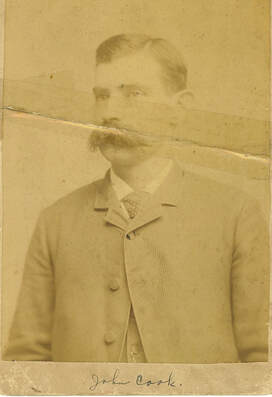 In my case, the Cook family progenitors included Johann Wilhelm Koch (1827-1862), a carpenter by trade, and his wife, Catherine Sebastian (1832-1912), who arrived separately in America in the early 1850 from the Alsace region of France. By early 1862, these two newcomers to America found themselves the parents of two boys, Adam (b. 1857) and John (b. 1859), with a baby girl (Elizabeth) on the way to be born in June of that year. Sadly, Wilhelm died of smallpox in April of that year, only 34 years of age. His son, John Cook, would follow in his father’s footsteps as a carpenter, but also died relatively young at the age of 51 in the year 1911. John's wife had died of whooping cough back in 1903. Surprisingly, my GG grandfather is buried in a very understated family plot devoid of upright markers in Delaware City’s original Catholic cemetery. He is buried there with his mother, wife, siblings and a few children. John T. Cook's father, “Wilhelm,” is resting in peace just across the fence in the neighboring Presbyterian Church burying ground. Well that’s my personal trip down memory road, thanks for joining me. You see, that is what this monument in Area Q did to me—it sent me into a time passage! So that's all well and good, but who the heck is Mount Olivet’s John William Cook? If anything else, I can tell you that he was a man with a much more impressive monument than my Delaware Cooks. John William Cook, Jr. I learned two things that help tp explain the substantial marble grave monument that sits above his gravesite on Area Q/Lot 260: 1.) John William Cook, Jr. was a prosperous farmer, and 2.) He married quite well in respect to money and prominence. Our subject was born June 18th, 1825, the son of John William Cook, Sr. (1804-1864) and wife Christina Myers (1799-1861). He was the oldest of eight children, five boys and three girls. His father was a German immigrant, born Johann Wilhelm Koch in 1804 in Vlotho, Westfalen, Prussia. This gentleman emigrated to America in the early 1800s and married the earlier mentioned Christina Myers in Trinity Chapel, Frederick’s German Reformed Church, in September, 1824. Miss Myers appears to have been a local girl, born at Silver Run in today’s Carroll County, but was still Frederick County at the time of her birth. Christina’s grandfather was a German immigrant who settled in York, PA. The family appears to have moved to the Jefferson vicinity of Frederick, likely close to, or on, Catoctin Mountain. This is where I presume she met her husband, John William Cook, Sr. Both can be found here in the 1860 US Census, and would be buried within the decade in the town’s German Reformed Church burying ground. 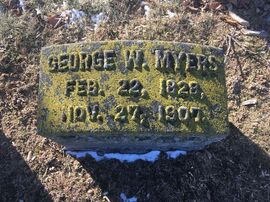 Grave of George W Myers in Mount Olivet's Area Q Grave of George W Myers in Mount Olivet's Area Q Christina (Myers) Cook’s nephew, George Washington Myers, can be found living at a locale known as Church Hill on the east side of the mountain on the original Carrollton Manor land patent made by Charles Carrollton the Settler around 1724.His property is shown on the 1873 Titus Atlas in the Buckeystown District. George had taken over the family farm homestead at the time of his father’s (Peter Myers, Jr.) death in 1870. Peter Myers, Jr. was our subject John William Cook’s maternal uncle, making George Washington Myers a first-cousin. Peter is buried at Church Hill’s namesake “church,” once known as St. Matthew’s German Reformed Church which also shared their house of worship with a Lutheran congregation. The burying ground sits on both sides of Ballenger Creek Pike, and the church today is known as Emmanuel Trinity Lutheran Church. South of the Myers’ property was “Carrollton,” a 273-acre farm belonging to our subject John William Cook, and wife, Charlotte. It actually came through Charlotte’s family. Cook had married the former Charlotte Thomas on September 3rd, 1856. John had known Miss Thomas for quite some time as he can be found in the 1850 census living on the Thomas family plantation and working as a farm hand. He would stay here on this farm for the rest of his life. Charlotte was born on March 9th, 1823. She was named for her mother, Charlotte Thomas, and her father was George Thomas. Both are buried at the nearby Manor Reformed Cemetery, along with an older brother. Four of Charlotte Cook's siblings are buried in Mount Olivet. I was interested in finding the family farm, but there is not much that still exists in terms of structures. The 1840 brick farmhouse and a few outbuildings were captured (as part of the Cook-Culler Farmstead) a few decades back thanks to a Maryland Historical Trust inventory survey which can be found online at: mht.maryland.gov/secure/medusa/PDF/Frederick/F-1-212.pdf There’s not much more to tell about this couple as they had no offspring. Sort of ironic as the theme here has been genealogy and the layers of ancestors and descendants that a given individual may have. John William Cook had to deal with debilitating circumstances late in life, brought on by paralysis and a few mishaps along the way as the following news clippings will attest to. John W. Cook, Jr. died February 21st, 1897. He would be laid to rest in Mount Olivet four days later. Charlotte (Thomas) Cook would eventually move into the City of Frederick, residing at 76 E. Church Street. She died on June 21st, 1904. Although I have no relatives of my own in Mount Olivet, I have to say that this substantial, familial marker and monument to the Cooks will remind me of my own family history and how it continues to inspire me to research and learn more about my roots. Who knows, if I go back far enough in that German line, I may find that my relatives may be distantly related to this early Frederick family. Herborn, Germany of my personal heritage is only 105 miles from Vlotho, home to Mount Olivet's John William Cook's ancestors.
When it comes to genealogy, I guess you can't have too many "Cooks" in the kitchen, can you?
1 Comment
12/11/2023 09:36:48 am
Interesting piece! The personal connection to the history of John W. Cook, the details about his family's past, and the ties to Frederick and Carroll counties create a fascinating narrative that's worth exploring.
Reply
Leave a Reply. |
STORIES
|
Archives
July 2024
June 2024
May 2024
April 2024
March 2024
February 2024
January 2024
December 2023
November 2023
September 2023
August 2023
July 2023
June 2023
May 2023
April 2023
March 2023
February 2023
January 2023
December 2022
November 2022
October 2022
September 2022
August 2022
July 2022
June 2022
May 2022
April 2022
March 2022
February 2022
January 2022
December 2021
November 2021
October 2021
September 2021
August 2021
July 2021
June 2021
May 2021
April 2021
March 2021
February 2021
January 2021
December 2020
November 2020
October 2020
September 2020
August 2020
July 2020
June 2020
May 2020
April 2020
March 2020
February 2020
January 2020
December 2019
November 2019
October 2019
September 2019
August 2019
July 2019
June 2019
May 2019
April 2019
March 2019
February 2019
January 2019
December 2018
November 2018
October 2018
September 2018
August 2018
July 2018
June 2018
May 2018
April 2018
March 2018
February 2018
January 2018
December 2017
November 2017
October 2017
September 2017
August 2017
July 2017
June 2017
May 2017
April 2017
March 2017
February 2017
January 2017
December 2016
November 2016





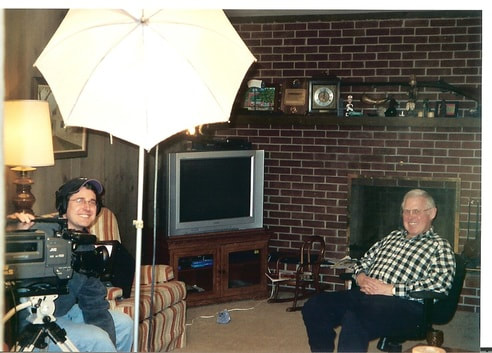






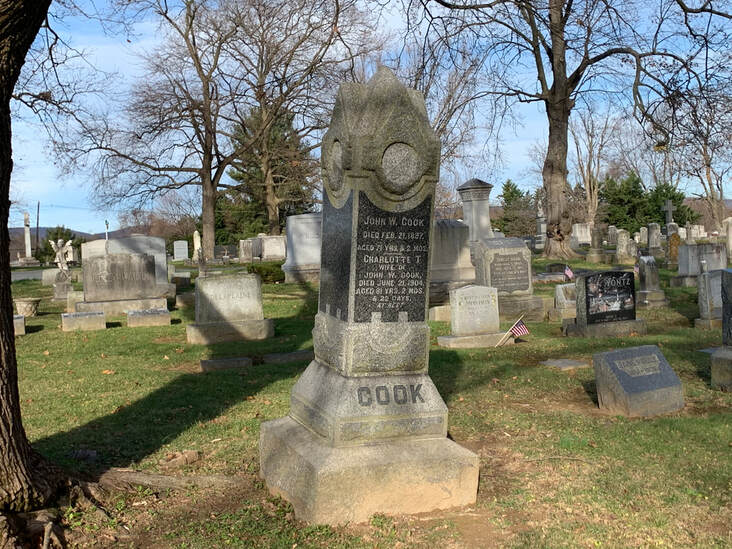



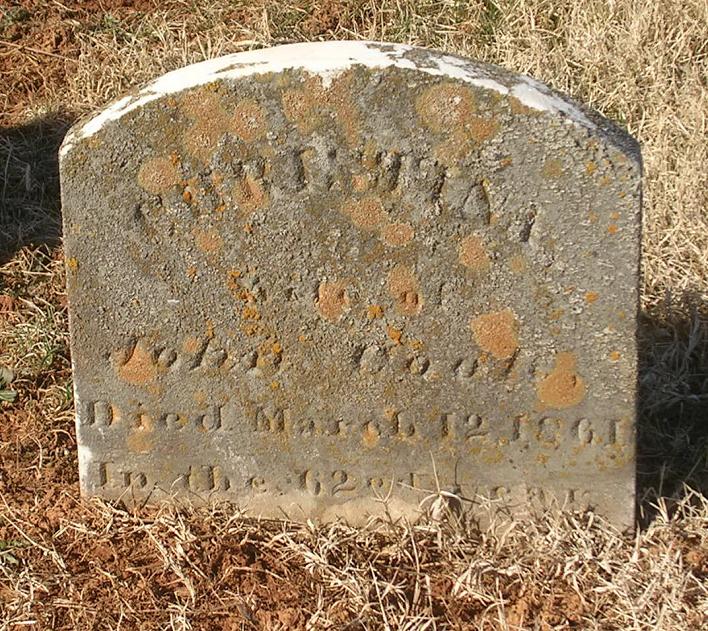
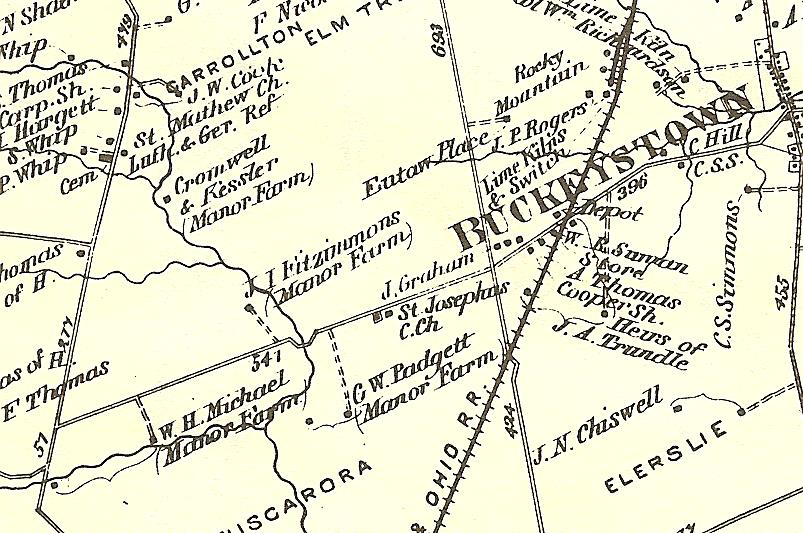





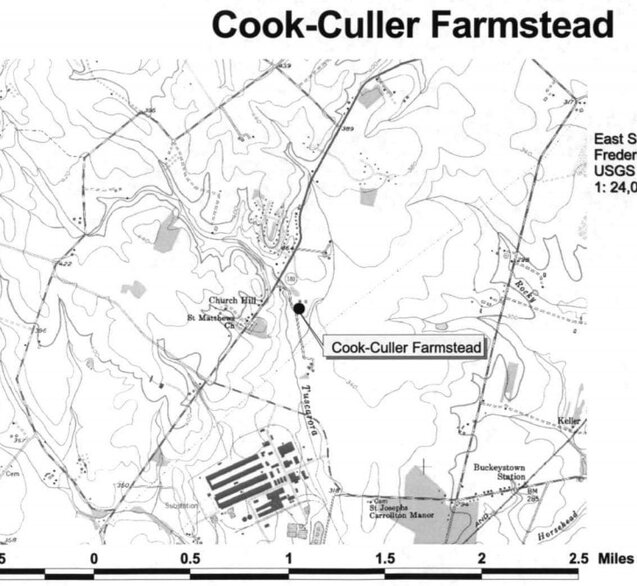






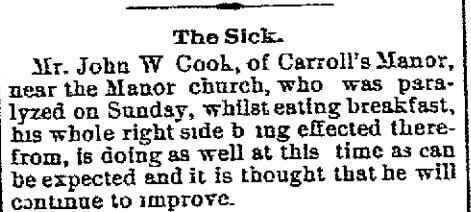








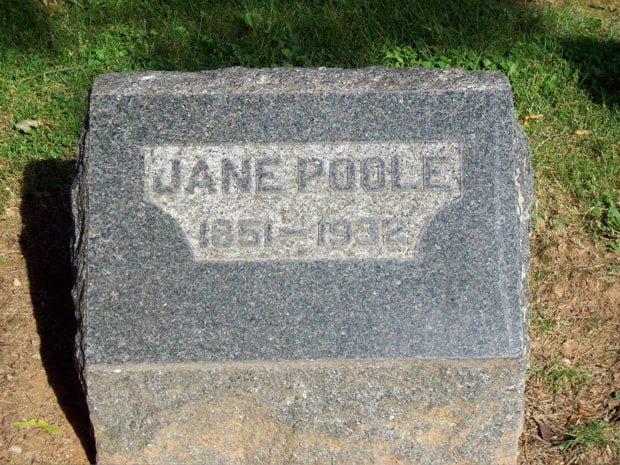

 RSS Feed
RSS Feed